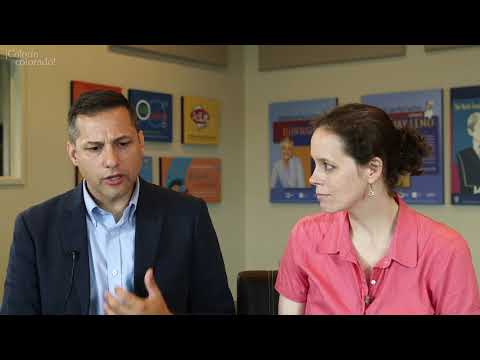Special Populations: English Language Learners

In your work with English language learners (ELLs), you may meet students who have unique social, emotional, and academic needs based on their prior experiences. Resources for working with special populations such as refugees, migrants, students with interrupted education, newcomer immigrants, unaccompanied children, and internationally adopted students follow below.
What You'll Find in This Section
What are some of the ways in which newcomer students need support? How can schools help bridge the language gap to make them feel welcome? Here are some ideas to get started!
Newcomer Students
These articles and videos provide a profile of students with interrupted formal education (SIFEs) and their needs, recommendations of best practices, and examples of the kinds of quality support that will accelerate their academic achievement.
Students with Interrupted Formal Education
Unaccompanied minors often come to the U.S. without an adult caregiver, via a dangerous journey. They may have experienced trauma, violence, or family separation. They may also face complicated family dynamics upon their arrival. This resource section includes including tip sheets, news stories, reports, films, and books.
Unaccompanied Children & Youth
These articles, video clips, books, and online resources focus on ways educators can support students and families who are refugees. Materials and guidance include ideas for instruction, matching students and families with needed services, providing important social and emotional support, and ways to welcome students into the school community. In addition, we provide background information from veteran educators and refugee support organizations.
Refugee Students
Educators who work with migrant farmworker students have a unique opportunity to make a significant difference for their students, even if they only work together for a short time. Learn more about the challenges that face migrant students and how to provide them with opportunities for success from these resources featuring essential background information, classroom strategies, recommended books, and a list of related migrant education programs.
Migrant Farmworker Students & Families
The following resources about adoption feature a number of tools for parents and educators of internationally adopted children who may be English language learners. These resources focus on questions of language development for both younger and older children, stories to share with children and teens, and guidance for parents and teachers on how to approach discussions of adoption in a school setting.
Internationally Adopted Children
Students who have been in English language learner (ELL) programs for the majority of their schooling are considered long-term ELLs. Learn more about some of the programs trying to address their needs and the reasons why they are struggling.
Long-Term ELLs
Researchers estimate that there are between 4-6 million children in U.S. public schools who have at least one family member who is undocumented, and the majority of these children are U.S. citizens themselves. These families are known as "mixed-status" families. Learn more about the unique challenges and concerns for these families from the resources below, as well as the strengths and achievements that educators are seeing their immigrant students and families demonstrate during uncertain times.
Children in Mixed-Status & Undocumented Families
English language learners (ELLs) can often be overlooked when students are identified for gifted and talented programs, particularly if tests are verbal or depend on teacher recommendation. These resources and news stories offer ways that teachers and parents can increase ELL access to opportunities for gifted students.
ELLs in Gifted/Talented Programs
Learn more about Indigenous students from Latin America who are enrolled in U.S. schools and why their Indigenous identities, cultures, and languages may remain hidden within the school setting.
































































